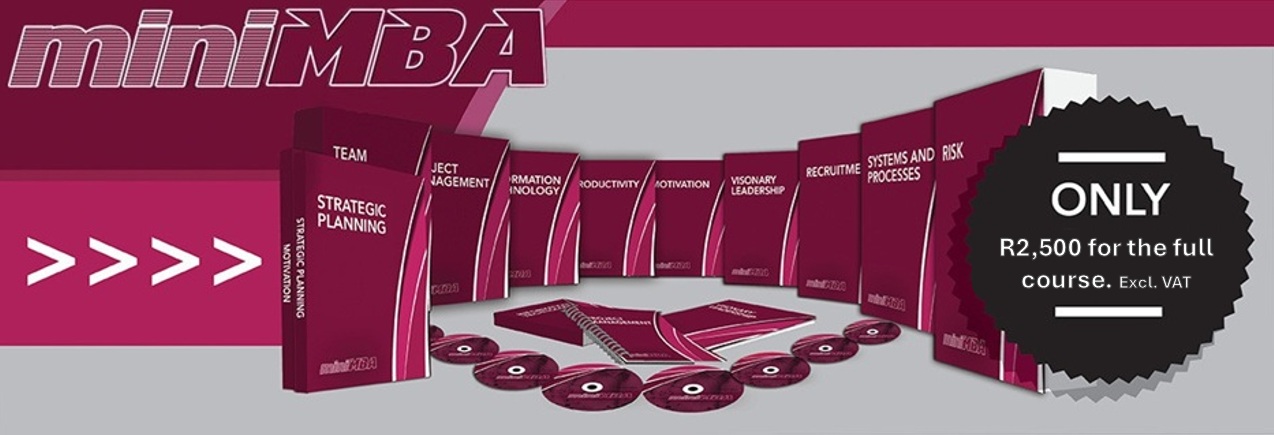

Motivation in Business
Empower and inspire your team and achieve your goals
Setting goals for employees
Specificity:
Clearly define the goal, making it specific and well-defined. Vague goals can lead to confusion and lack of direction. Be clear about what you want to achieve, when, and how.
Realistic and Achievable:
Ensure that the goal is realistic and attainable. Consider the available resources, time, and capabilities of your team. Setting overly ambitious or impossible goals can lead to frustration and demotivation.
Break Down Complex Goals:
If the goal is complex or long-term, break it down into smaller, manageable milestones. This makes the overall objective less overwhelming and allows for a sense of accomplishment at each step.
Measurable:
Establish clear metrics to measure progress and success. Measurable goals provide a tangible way to track achievements and make necessary adjustments as you move forward.
Relevant to the Bigger Picture:
Align the goals with the overall vision and objectives of the organization or project. Every goal should contribute to the larger purpose and mission.
Time-Bound:
Set a specific timeframe for achieving the goal. Having a deadline creates a sense of urgency and helps prioritize tasks.
Consider Individual Strengths:
When setting goals for team members, consider their individual strengths, skills, and expertise. Tailoring goals to each person's abilities increases the likelihood of success.
left;"Involve the Team:
Encourage collaboration and involvement from the team when setting goals. This fosters a sense of ownership and commitment to the objectives.
Track Progress and Provide Feedback:
Regularly monitor progress and provide constructive feedback. Celebrate achievements and offer support when facing challenges.
Stay Flexible:
Be open to adjustments if circumstances change. Sometimes, unforeseen factors may require modifying goals to remain attainable.
Celebrate Milestones:
Acknowledge and celebrate milestones achieved along the way. Recognizing progress boosts morale and keeps motivation high.
Learn from Setbacks:
If faced with setbacks or failure, treat them as learning opportunities. Encourage a growth mindset, where failures are viewed as stepping stones to success. By following these points, you can set attainable goals that inspire and drive your team to succeed. Remember, the process of goal setting should be dynamic, allowing for adjustments and improvements as circumstances evolve.
In the competitive world of recruitment, crafting well-defined job requirements is a critical step to attract top talent and build high-performing teams. By understanding the nuances of job analysis and creating engaging job descriptions, you can ensure that your recruitment efforts align with Google's best practices and reach the right candidates. In this comprehensive guide, we explore the essential elements of defining job requirements that yield successful results and foster a thriving work environment.
Understanding the Power of Job Analysis
Before you begin defining job requirements, conduct a thorough job analysis. This process involves delving into the core responsibilities, tasks, and challenges associated with the role. Engage with current employees in similar positions to gain valuable insights into the day-to-day activities and expectations. Job analysis sets the foundation for a well-crafted job description that resonates with both candidates and Google's search algorithms.
Crafting a Compelling Job Description A well-crafted job description is not merely a laundry list of tasks; it's an enticing invitation for potential candidates to join your organization. Use clear and concise language to communicate the primary responsibilities of the job. Highlight the unique aspects of the role, career growth opportunities, and how it contributes to the company's mission. A Google-friendly job description is not only keyword-rich but also engaging, ensuring it stands out in search results and captures the attention of top talent.
Identifying Essential Skills and Qualifications To attract the right candidates, clearly define the essential skills, qualifications, and experience required for the position. Distinguish between "must-have" and "nice-to-have" criteria to prioritize the most critical requirements. Consider the technical skills, educational qualifications, and relevant experience necessary for the role. Don't forget to include crucial soft skills and personal attributes that contribute to a harmonious team dynamic and company culture.
Aligning with Google's Best Practices Google rewards user-friendly content that offers valuable information to its users. To optimize your job requirements for Google search, ensure your content is well-structured with headings, subheadings, and bullet points. Use the keyphrase "Defining Job Requirements in Recruitment" strategically throughout the content, but avoid keyword stuffing. Instead, focus on creating valuable, informative content that genuinely addresses the needs of potential candidates and employers alike.
Evolving with the Changing Landscape Job requirements evolve over time due to changes in technology, industry trends, and organizational needs. Regularly review and update your job descriptions to stay relevant and competitive in the job market. Embrace the future by considering how the role may grow and incorporating forward-looking qualifications.
Defining job requirements in recruitment is an art that demands a deep understanding of your organization's needs and the talent market. By conducting thorough job analysis, crafting compelling job descriptions, and identifying essential skills, you can attract top talent and build high-performing teams. Embrace Google's best practices by creating user-friendly content that delivers value to candidates while optimizing for search engines. With a well-defined recruitment strategy, you can create a vibrant workplace culture and drive the success of your organization.